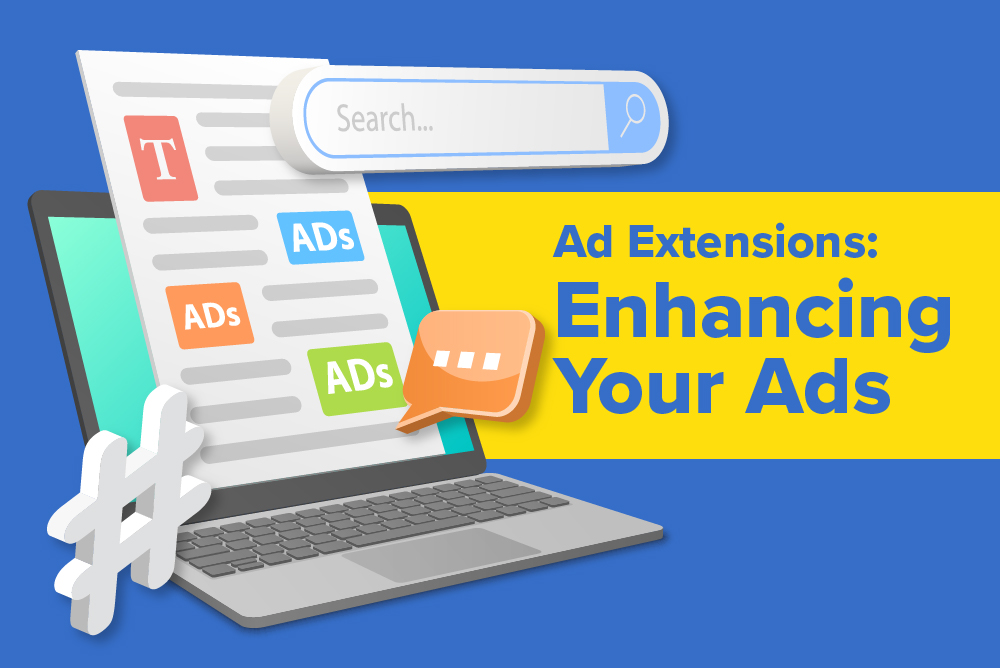The Google Ads Transparency Center was launched by Google in 2018 to address concerns about the role of online advertising in political campaigns. Its purpose is to provide transparency and accountability around political advertising on Google’s platforms, including YouTube and various Google Display Networks.
What is the Google Ads Transparency Center?
Today, the Google Ads Transparency Center allows users to view all ads and provides information on who paid for the ad, how much was spent on it, and who the ad was targeted towards. Users can also search for specific ads by advertiser name or keyword and view a complete ad archive that goes back to May 31, 2018. The Ads Transparency Center gives users more control over the ads they see and increases transparency around political advertising on Google’s platforms. By providing users with information about the ads they see, Google aims to promote more informed and engaged audiences.
How Does the Ads Transparency Center Work?
The tool collects and displays information about political ads served to users on Google’s platforms, such as Google Search, YouTube, and the Google Display Network.
Here is how the Ads Transparency Center works in more detail:
Google’s Ads Transparency Center is a tool that allows advertisers to view detailed information about the ads running on Google’s advertising platforms, such as Google Search and YouTube.
Advertisers can use the Ads Transparency Center to view the performance of their own ads, including data on impressions, clicks, and conversions. This data can help advertisers identify which ad creatives and targeting strategies are most effective, allowing them to optimise their campaigns for better results.
The Ads Transparency Center provides information on the targeting criteria used for each ad, such as location, device type, and interests. Advertisers can use this information to understand their audience better and refine their targeting to reach the right people.
Like other ad transparency tools, Google’s Ads Transparency Center also allows advertisers to view information about the ads running on their competitors’ campaigns. Advertisers can see which creatives and targeting criteria their competitors are using, providing valuable insights that can be used to improve their own ad strategies.
Google’s Ad Transparency Center provides advertisers with a wealth of information that can help them improve the performance of their ad campaigns, refine their targeting strategies, and stay competitive in the online advertising space.
What Does this Mean for Marketers?
The Ads Transparency Center has several implications for marketers:
Increased Scrutiny and Accountability
The Ads Transparency Center means increased scrutiny and accountability around advertising on Google’s platforms. Marketers running ads must comply with Google’s policies and provide accurate information about their identity and the content of their ads.
Monitoring Own and Competitors’ Ads
The tool allows marketers to monitor their ads and those of their competitors. By using the search and filter options in the tool, marketers can see how their ads are performing and how they compare to other ads in the same category.
Valuable Insights into Audience
The Ads Transparency Center may also provide valuable insights into the audience for ads. Marketers can use the demographic information provided in the tool to understand better who is seeing their ads and tailor their messaging and targeting accordingly.
Building Trust
Finally, the Ads Transparency Center can help build consumer trust. Google is committed to accountability and accuracy by providing transparency around advertising. Marketers who comply with Google’s policies and provide accurate information about their ads will likely build trust with their audience.
The Ads Transparency Center underscores the importance of transparency and accuracy in advertising. Marketers who are transparent about their ads’ identity and content and comply with Google’s policies are more likely to succeed in their advertising efforts. Marketers can improve their performance and build trust with their audience by using the Ads Transparency Center to monitor and optimise their ads.
Other Social Media Platforms Similar To The Ads Transparency Center
Several other social media platforms have introduced similar tools to provide transparency around political advertising. One such platform is Facebook, which launched its Ads Transparency Center in 2018.
Facebook Ads Transparency Center
Facebook’s Ads Transparency Center is a tool that allows users to view the ads running on Facebook’s advertising platforms. The tool was introduced to increase transparency around political advertising on the platform, but it has since been expanded to cover all types of advertising.
With the Ads Transparency Center, users can search for and view information about any ads running on Facebook and Instagram, including those targeted towards specific groups or audiences. The tool provides insights into the ad creative, targeting criteria, and performance metrics, such as impressions, clicks, and spend.
For advertisers, the Ads Transparency Center provides a way to view data on their own ad campaigns, including performance metrics and targeting criteria. Advertisers can use this information to optimise their campaigns for better results and adjust their targeting strategies to reach the right people.
The Ads Transparency Center also allows advertisers to view information on their competitors’ ad campaigns. Advertisers can see which ad creatives and targeting criteria their competitors are using, providing valuable insights into industry trends and helping them to refine their ad strategies.
Other social media platforms that have introduced similar tools include Twitter, LinkedIn, and Snapchat.
Twitter Ads Transparency Center
Twitter’s Ads Transparency Center provides information about political ads that have run on the platform since 2018, along with the advertiser, the ad’s content, and the targeting criteria.
While social media platforms originally introduced the tool to increase transparency around political advertising, it has since been expanded to cover all types of advertising, including non-political campaigns.
For example, advertisers from various industries, such as e-commerce, travel, and finance, can use the Ads Transparency Center to view data on their own ad campaigns, including performance metrics and targeting criteria. They can also gain insights into their competitors’ ad campaigns, helping them stay competitive and adjust their advertising strategies accordingly.
The Ads Transparency Center can be particularly valuable for small and medium-sized businesses that may not have the resources to conduct extensive market research. By providing detailed insights into ad campaigns, the tool can help these businesses better understand their audience and improve their targeting strategies.
LinkedIn Ads Transparency Center
LinkedIn’s Ads Transparency Center provides similar information about ads related to politics or issues of national importance and allows users to search and filter ads based on various criteria.
With the Ads Transparency Center, advertisers can see detailed information about the ad targeting criteria used for their campaigns, such as job title, company, skills, and education. This information can help advertisers understand who their ads are reaching and optimise their targeting strategies for better results.
This allows marketers insights into the performance of each ad campaign, including data on impressions, clicks, and spend. Advertisers can use this data to identify which ad creatives and targeting strategies are most effective and adjust their campaigns accordingly. This feature also enables them to view information on their competitors’ ad campaigns. Being able to see which ad creatives and targeting criteria their competitors are using empowers them to gain valuable insights into industry trends and helps them to refine their own ad strategies.
LinkedIn’s Ads Transparency Center also includes information on the ad campaigns run by the company itself meaning that users can see ads that LinkedIn has sponsored or promoted, providing a comprehensive view of the advertising ecosystem on the platform.
Why Use The Ad Transparency Center
These tools from social media platforms provide advertising transparency and help build consumer trust. By providing information about who is running ads, what their ads contain, and who they are targeting, these tools allow users to make more informed decisions. Marketers running ads on these platforms need to comply with the policies of each tool and provide accurate information about their identity and the content of their ads.
The Ads Transparency Center and similar tools from social media platforms represent a significant step forward in providing transparency and accountability in advertising. For marketers, these tools mean increased scrutiny and the need to comply with policies and provide accurate information about their ads’ identity and content.
At First Page, we specialise in helping businesses navigate the complex world of digital advertising, including Google Ads. If you’re looking for a Google Ads agency to help you optimise your campaigns and achieve your business goals, we’re here to help. Contact us today to learn more.

















